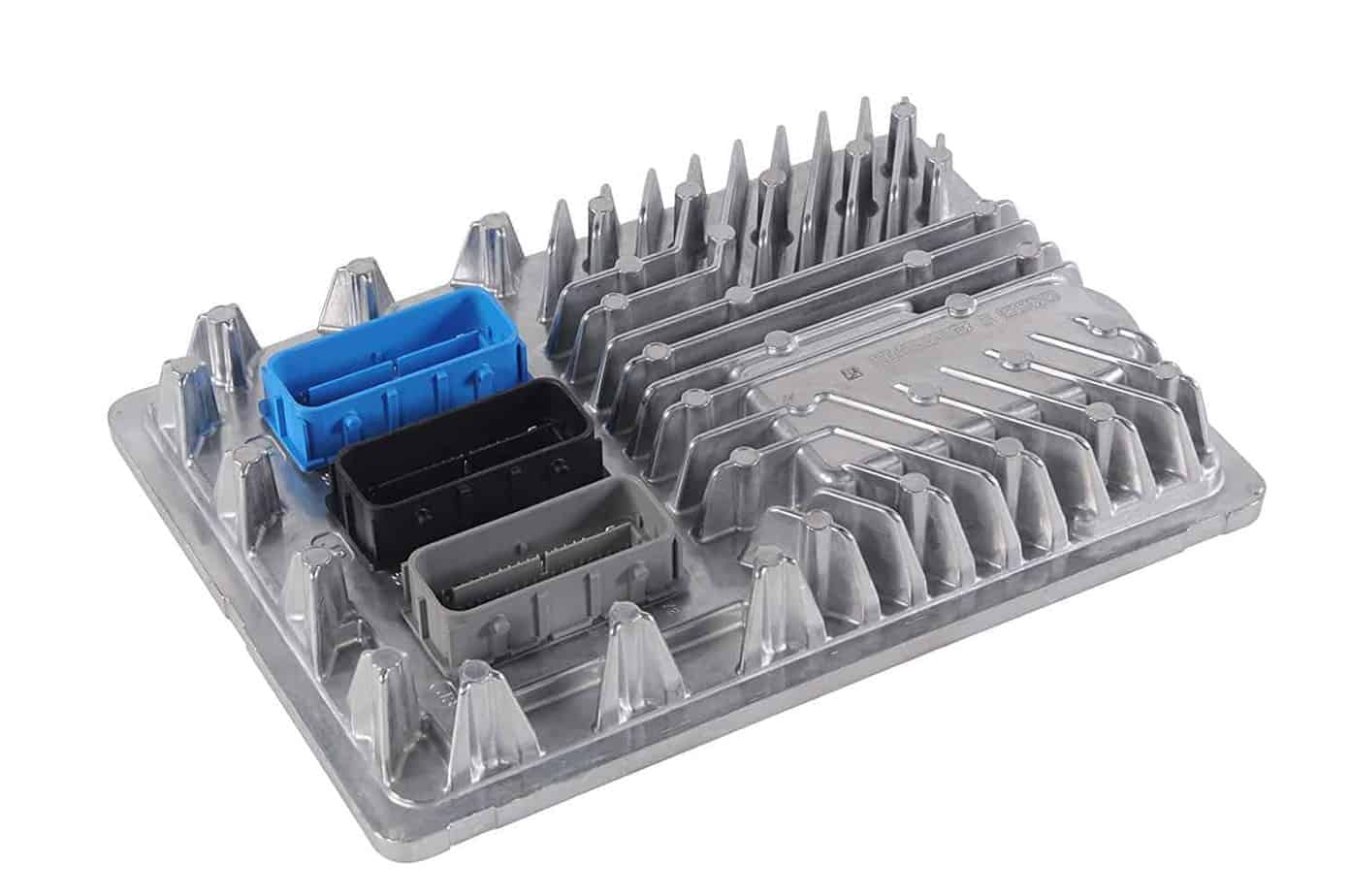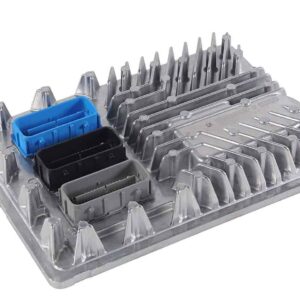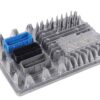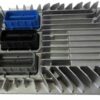Restore Peak Performance to Your GM Vehicle
Is your 2017 Tahoe, Sierra, or Escalade running rough, throwing confusing check engine codes, or refusing to start altogether? Before you spend a fortune at the dealership, consider the heart of your vehicle’s operating system: the Engine Control Module (ECM). As a technician with over two decades of experience, I’ve seen firsthand how a failing ECM can cause a cascade of frustrating, hard-to-diagnose problems. This isn’t just a part; it’s the central command for your engine’s fuel delivery, ignition timing, and emissions systems. When it falters, everything falters.
We solve the biggest headache of ECM replacement by pre-programming this module specifically for your vehicle. Simply provide your Vehicle Identification Number (VIN) at checkout, and our experts will flash the unit with the latest, most stable GM factory calibrations. This ensures your vehicle operates exactly as the engineers intended, restoring lost power, fuel economy, and reliability. This is the professional-grade solution that gets you back on the road with confidence.
From the Diagnostic Bay: The Intermittent Stall Mystery
A customer brought in a 2017 Yukon XL with an issue that was driving him crazy: it would randomly stall at stoplights, but not every time. There were no consistent trouble codes, just a history of random communication faults. We checked the fuel pressure, scanned for vacuum leaks, and inspected the throttle body—all checked out. After hours of diagnostics, experience pointed me to the ECM. On these specific GM platforms, I’ve seen internal ECM solder joints and processors fail from heat cycles, causing these exact intermittent ghost-in-the-machine problems. We swapped in a VIN-programmed ECM like this one, performed the quick theft-deterrent relearn, and the problem was solved for good. It wasn’t a sensor or a wire; it was the brain itself.
Common Signs of a Failing Engine Computer
- ✔ Check Engine Light is on with codes like P0601 (Internal Control Module Memory Check Sum Error) or P0606 (ECM/PCM Processor Fault).
- ✔ The engine cranks but refuses to start.
- ✔ Unexplained drops in fuel economy.
- ✔ Vehicle stalls for no apparent reason, either while driving or at idle.
- ✔ Rough idling, misfires, or hesitation during acceleration.
- ✔ Automatic transmission shifting erratically or harshly.
- ✔ Loss of communication with other vehicle modules (indicated by a U-code).
A Straightforward Guide to Installation
- ✔ Safety First: Disconnect the negative terminal from your vehicle’s battery and secure it away from the post to prevent accidental contact.
- ✔ Locate the ECM: On most compatible trucks and SUVs like the Tahoe or Sierra, the ECM is found in the left-hand (driver’s side) front of the engine compartment.
- ✔ Disconnect Connectors: Carefully release the locking tabs and unplug the wiring harnesses from the old ECM. Inspect the connectors for any corrosion or damage.
- ✔ Remove the Old Module: Unbolt the old ECM from its mounting bracket. Keep the hardware as you will reuse it.
- ✔ Install the New Module: Mount your new, pre-programmed ECM onto the bracket and securely fasten it.
- ✔ Reconnect Everything: Plug the wiring harnesses back into the new module until they click securely in place. Reconnect the negative battery terminal.
- ✔ Perform Relearn Procedures: This is a critical step. The vehicle will likely not start until a Vehicle Theft Deterrent System (VTDS) relearn is completed using a GM-compatible scan tool (like Tis2web/Techline Connect). Other procedures like a crankshaft variation relearn may also be necessary. This is the responsibility of the installer.
Verified Vehicle Compatibility
This module is a direct replacement for part numbers 12692068, 12704476, 12686382, 12674052, 12674472, and 12678815. It is guaranteed to fit the following models:
- 2017 Cadillac Escalade & Escalade ESV
- 2017 Cadillac XTS (3.6L Twin Turbo, VIN 8)
- 2017 Cadillac CTS (6.2L Supercharged or 3.6L Twin Turbo)
- 2017 Cadillac ATS (3.6L, VIN Y)
- 2017 Chevrolet Corvette
- 2017 Chevrolet Tahoe
- 2017 Chevrolet Suburban 1500
- 2017 Chevrolet Silverado 1500 Pickup
- 2016 Chevrolet Silverado 1500 Pickup (ID 12674472)
- 2018 Chevrolet Silverado 1500 Pickup (ID 12686382)
- 2017 GMC Yukon & Yukon XL 1500
- 2017 GMC Sierra 1500 Pickup
- 2016 GMC Sierra 1500 Pickup (ID 12674472)
- 2018 GMC Sierra 1500 Pickup (ID 12686382)
- 2017-2018 GMC Sierra Denali 1500
Why do I need to provide my VIN?
Your VIN is essential for us to program the Engine Control Module with the correct, vehicle-specific software and calibrations directly from GM. This ensures perfect compatibility and function, saving you a trip to the dealer for programming.
What is a “theft relearn” and why is it required?
The Vehicle Theft Deterrent System (VTDS) links your ECM to your vehicle’s ignition key and security system. When you install a new ECM, the system sees it as a potential theft attempt and prevents the engine from starting. The relearn procedure securely pairs the new module to your vehicle, and it must be done with a professional GM diagnostic tool.
Can I perform the relearn procedures myself?
Unless you have access to professional diagnostic equipment like GM’s Tis2web or Techline Connect, you will need to have a qualified mechanic or dealership perform the final relearn procedures. We handle the complex software flashing; the final on-vehicle security handshake is the installer’s responsibility.
Is this part difficult to install?
The physical replacement is straightforward for a DIYer with basic tools, typically involving a few bolts and electrical connectors. The most complex part is the electronic relearn procedure required after installation.
Will this fix my specific problem?
If your vehicle’s issues, such as a no-start condition or specific diagnostic codes (like P0601), are caused by a faulty ECM, this part is the correct solution. It’s crucial to have the vehicle properly diagnosed to confirm the ECM is the point of failure.



